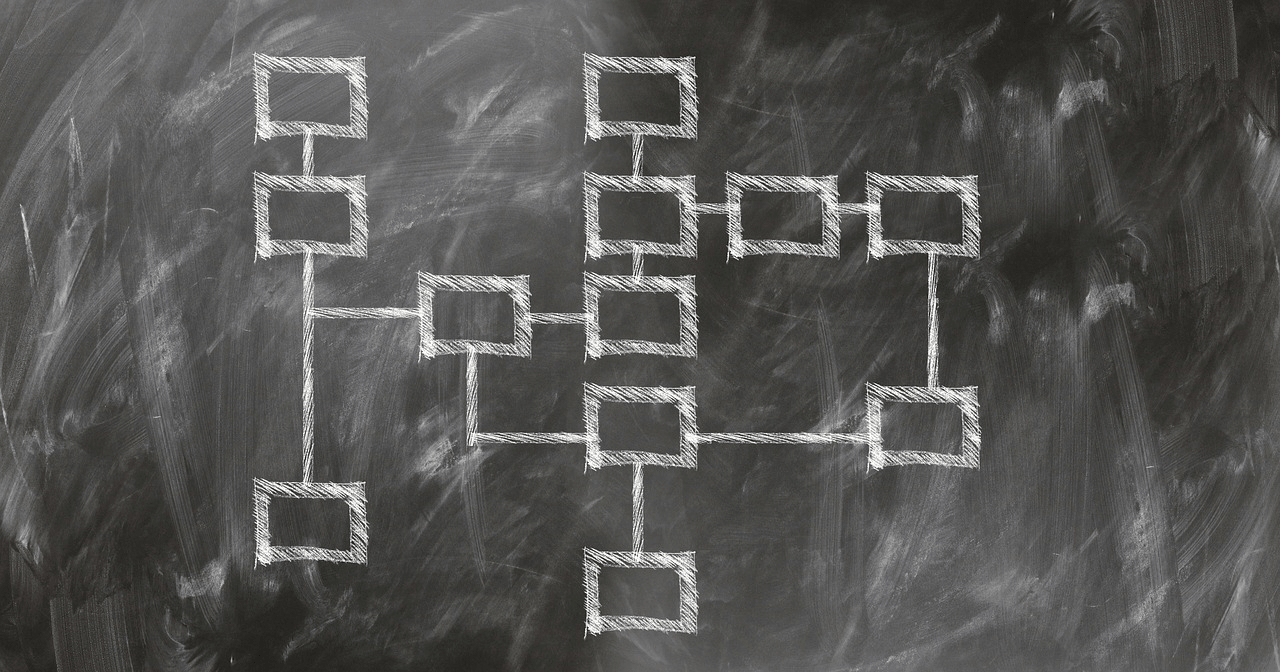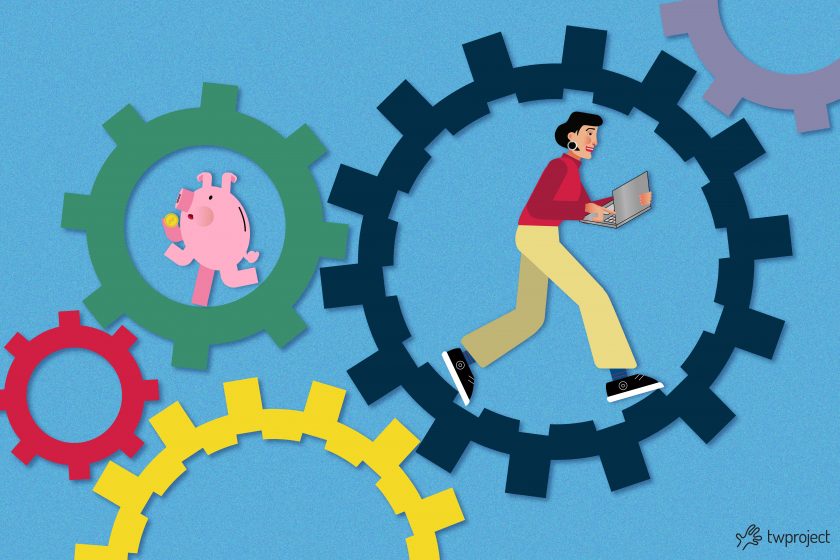The choice of an iterative project management method is mandatory for keeping pace with the ever-changing market demand.
CONTENT
- What does “iterative method” mean within projects?
- Iterative method process: how does it work?
- Iterative model advantages
- Intrinsic version check
- Quick trend inversion
- Great for agile organizations
- Early risk identification and response
- Experimentation
- Iterative Model Drawbacks
- Expensive problems in advanced stages
- Greater pressure on user engagement
- Feature Creep
- Conclusions
In a context where the iterative method in project management is becoming more and more crucial, it is necessary to adopt approaches that allow rapid adaptation to changes and new requirements.
In fact, you need methods – even in project management – that are flexible and can adapt to market evolutions.
Project management using the iterative method ensures that solutions can be adapted progressively, without having to wait for the entire project to be completed.
Agility is key to maintaining a competitive and profitable organization and agility begins with the application of an iterative method.
What does “iterative method” mean within projects?
The iterative approach focuses on delivering value as quickly as possible (incrementally), rather than in one go.
Iterative approach means that the product development process is split into multiple iterations or explicit versions, each of which offers objective improvements or additional functionality.
An iterative approach creates continuous evaluation and improvement opportunities in the development process and throughout a project.
And the good thing is that the design of an iterative approach is generally simple and easy to implement, regardless of the context.
Iterative method process
Unlike the more conventional Waterfall model which focuses on a rigorous gradual process of development phases, the iterative model is designed as a cyclic process.
In a Waterfall model, each development phase (planning, design, implementation, testing and release) is completed in its entirety before proceeding to the next one, making it difficult or even impossible to go back and make changes without compromising the timeline.
In the iterative model, on the other hand, the project is divided into a series of small cycles or ‘iterations’, each of which aims to develop a partial but working version of the product.
After each iteration, tests are carried out and feedback collected to refine the result. This approach allows constant optimisation, greater flexibility and the ability to respond quickly to changing requirements or new customer needs.
With the iterative method, after the initial planning phase, some phases are repeated over and over again, with each completion of the cycle that incrementally improves the result.
Improvements can be quickly identified and implemented during each iteration, allowing the next iteration to be at least marginally better than the last one.
Here is more detail on how each step of the iterative method works:
- Planning and requirements: similar to most development projects, the first step is to proceed with initial planning to outline specifications, establish requirements and generally prepare for the actual work.
- Analysis and design: Once the planning is completed, the analysis and design phase takes place, in which the work to be done in the phase is broken down in more detail.
- Implementation: the phase begins by following all the documentation prepared so far.
- Test: once this phase is over, a series of test procedures must be performed to identify and pinpoint potential bugs or problems that have emerged.
- Evaluation: It is time for a comprehensive evaluation of the development up to this stage. This allows the entire team, as well as clients or other external parties, to review at which point the project is, where it needs to be, what it can or should be changed, etc.
And then the crucial point of the whole iterative model comes: once the feedback from the evaluation process of the specific phase is collected, it is brought back to the planning level, at the top of the list, and the process is repeated again.
This process will be repeated until there will be no room for further improvements to the product.
Iterative model advantages
The benefits of the iterative model are several and we will examine them one by one.
• Intrinsic version check
The iterative model ensures that the most recent iterations are incrementally improved versions of previous iterations.
Also, if a new iteration fundamentally crashes a system in a disastrous way, a previous iteration can be implemented or “cancelled” quickly and easily, with minimal losses.
• Quick trend inversion
Whilst it may seem that each phase of the iterative process is not as different from the phases of a more traditional model as the waterfall method, the uniqueness and convenience of the iterative method is that each phase can be effectively scaled down into increasingly smaller time intervals, depending on the needs of the project.
Although the initial step of all phases may take some time, each subsequent iteration will be faster and faster. This will reduce the life cycle of each new iteration to a few days or even hours in some cases.
• Great for agile organizations
Even though a gradual process like the waterfall model can work fine for large organizations with hundreds of team members, the iterative model really starts to be beneficial when it is used by a smaller, more agile team.
A process that follows the iterative method can be effectively executed by a number of individual team members. Execution can range from planning and design to implementation and testing, with little or no need for external feedback or assistance.
• Early risk identification and response
Managing each iteration is easier than managing the entire project at once.
The iterative approach allows development teams to address problems at an early stage without requiring the team to backtrack.
• Experimentation
The editable and cyclical nature of the iterative method allows teams to test new ideas for their products.

Iterative Model Drawbacks
As in all things there are not only positive aspects to the application of an iterative method. Let’s see what drawbacks can happen.
• Expensive problems in advanced stages
While this is not necessarily a problem for all projects, due to minimal initial planning, when using an iterative model, an unforeseen design problem may appear late in the project.
Solving this unforeseen problem could have potentially devastating effects on the time and project costs as a whole. You may also like to read this article on how to create a project Budget.
Fixing the unexpected may require a large amount of future iterations just to solve this single problem.
• Greater pressure on user engagement
The cascade model stresses virtually all user/customer engagement in the early stages of the project during a short critical period of time.
By contrast, the iterative model often requires user involvement throughout the entire process.
This is sometimes an unfortunate factor because, depending on the project, each new iteration may require testing and feedback from users to properly assess the changes needed.
• Feature Creep
Not only can the iterative model require virtually continuous feedback from users, but this can also mean, inherently, that the project may be subject to undesired feature creep.
Users experience changes in each iteration and, as a result, are inclined to constantly submit new requests for features to be added to future versions.
Twproject is flexible enough to offer predictive and iterative project tracking tools that allow for comprehensive project control when needed such as staying on top of customizations for clients, as well as informal task management.

Conclusions
To briefly recap what is the iterative method within projects: this is simply a model of the product development life cycle – a project output – that works through small iterations to ensure efficiency and high quality at the end of the work.
This model can be a great choice for large projects that need to include feedback and progressively review results during development rather than towards the end.
If you follow the iterative method process correctly, you will end up with a great product that is more likely to be in line with the desired functionality and requirements.

